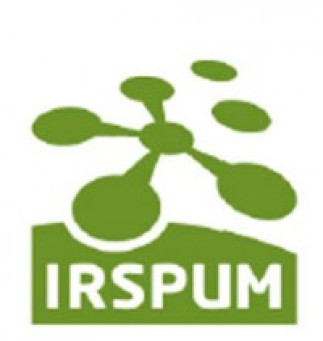Ce séminaire est organisé par l'Institut de recherche en santé publique de l'Université de Montréal (IRSPUM).
Conférencier
Mark L. Wilson is an epidemiologist and ecologist with broad interests in infectious diseases, including the analysis of transmission dynamics, evolution of host-vector-parasite systems, and determinants of human disease risk. Following doctoral training at the Harvard School of Public (Lyme disease), he lived in Senegal for four years, studying Rift Valley fever and Crimean-Congo hemorrhagic fever. Later, at Yale University (1991-96), he collaborated on studies of various infectious diseases, mostly in South America. Since moving to University of Michigan (1997), Prof. Wilson and students have studied infectious diseases (especially malaria and dengue) in a dozen countries worldwide. Most projects address environmental and social variation, in time and space, as they impact on pathogen transmission patterns, the ecology of disease risk, and prevention options.
Résumé
Diverse features of biophysical and socio-economic environments alter the risk of infectious diseases. Environmental impacts function, sometimes differently, at several levels of organization (individuals, communities, social classes) and temporal scales. Some of this variation can be better understood by analyzing spatial patterns at various resolutions. Approaches to such spatial analyses will be briefly characterized, and then illustrated using some resent studies of vector-borne diseases in the Americas (West Nile virus, dengue) and Africa (malaria). When applied intentionally and carefully, spatial statistical tools can complement more traditional ecological or epidemiological data and analyses, thus providing additional insights aimed at developing causal inferences, evaluating interventions, and designing policies to reduce disease risk and improve the public's health.

